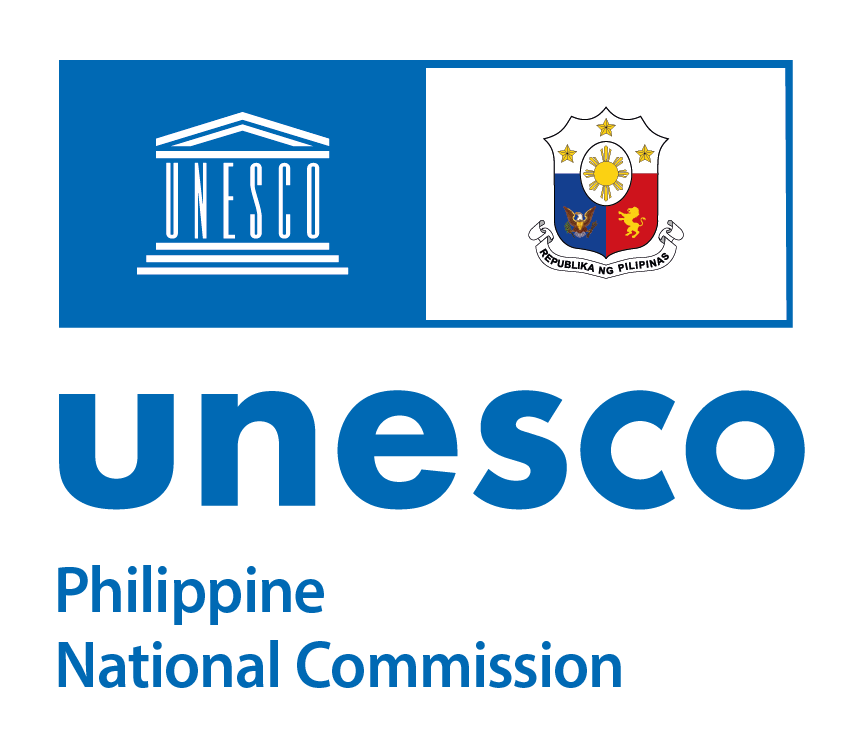UNACOMODELI
UNESCO-Philippine National Commission (UNACOM) Online and Digital Enabling Library and Index
The UNESCO-Philippine National Commission Online and Digital Enabling Library and Index (UNACOMODELI) aims to disseminate its publications, reports, and policies and also promote the works of its national committee members.
Initially, the UNACOM Online and Digital Enabling Library and Index is developed to support the alignment of research, investments, and community initiatives toward contributing to a well-functioning, productive, resilient, sustainable, and inspiring ocean. The goal is to enable the government, partner agencies, and UNESCO to develop more robust Science-Informed Policies and facilitate a stronger Science-Policy Interface through the gathered data, information, and knowledge related to the Ocean Decade in the Philippines.
Particularly, it aims to:
- Gather and index all publications, reports, policies, laws, legislations, articles, and other documents of the Philippine National Committee on Marine Sciences (NCMS) related to the Ocean Decade
- Disseminate and promote these publications, reports, policies, and other documents on the initiatives and actions to address the Ocean Decade challenge
Collections in UNACOMODELI
Select a community to browse its collections.
